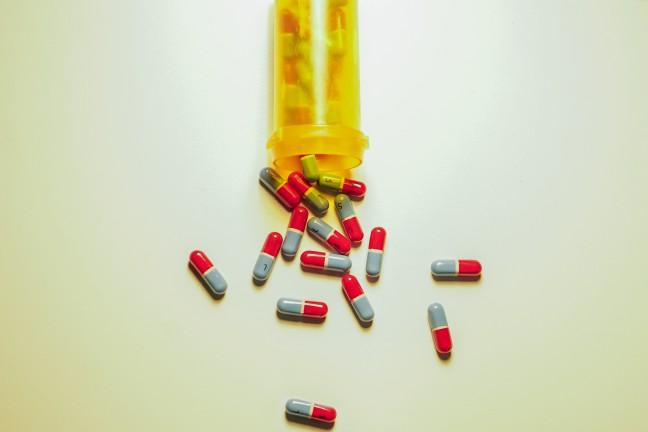Content Warning: This story contains mentions of drug use and overdose.
Public Health Madison and Dane County issued an Overdose Spike Alert March 8, due to the daily overdose rate more than doubling since late 2021.
One way University of Wisconsin students can help is by learning how to respond to an overdose, Dane County Public Health Supervisor Julia Olsen said in an email.
“People take what they think is a sleeping pill, caffeine pill, Xanax pill — overdose and die because they actually got Fentanyl,” Olsen said. “If UW students get trained and carry Narcan they can save lives.”
Narcan, the generic form of naloxone, is a medicine that reverses opioid overdoses. It can be administered through injection or by spraying it in the nose.
UW Pharmacology professor Jay Ford said in an email it’s important UW students know the warning signs of an overdose.
“Students should educate themselves to be able to differentiate between the signs of a possible opioid emergency and an immediate opioid emergency and be prepared to take action,” Ford said.
Signs of a possible opioid emergency include being overly sleepy/drowsy and difficult to wake up, not responding to touch or voice, having a limp body, having slow or irregular breathing, or making gurgling, gasping or choking sounds, Ford said.
If a student expects a possible opioid emergency, they should quickly try to wake the person up by doing the 3 S’s — shout the person’s name, shake the person’s shoulders forcefully and do a sternal rub, Ford said.
To perform a sternal rub, make a fist with your hand and strongly rub the center of the person’s chest/breastbone with your knuckles — it should cause pain, Ford said.
If these steps fail to arouse a fellow student with a suspected possible opioid emergency, call 911, Ford said.
Signs of an immediate opioid emergency include blue, pale, or gray lips or fingernails, skin turning blue, pale or cold and breathing has stopped, Ford said.
In this situation, students should administer Narcan if available and then call 911, Ford said. If naloxone is not available, call 911.
“Efforts to address the [opioid crisis] require a collaboration across the health system including between providers and pharmacists who are uniquely positioned to support other health care providers … in the community and serve as access points for addressing the opioid crisis in Wisconsin,” Ford said.
Everyone should carry Narcan and be ready to help if somebody could be overdosing, Ford said.
Dane County established the Overdose Spike Alert program in late 2021. The program monitors hospital and ambulance data for unexpected spikes in drug-involved overdoses, sending out alerts when they detect one.
Public Health Dane County has several other drug initiatives to reduce the harm of drugs on the community, including the Madison Addiction Recovery Initiative and the Dane County Coordinated Response to Stop the Drug Overdose Epidemic steering committee.
The Public Health Dane County website offers resources on how to recognize the signs of an overdose, give Narcan and take precautions for safer drug use.


